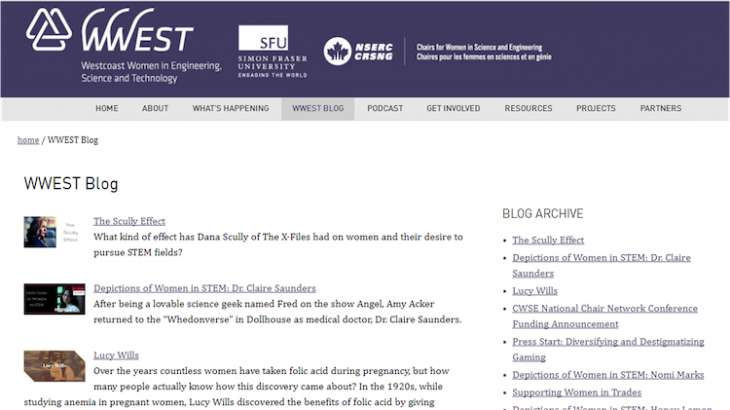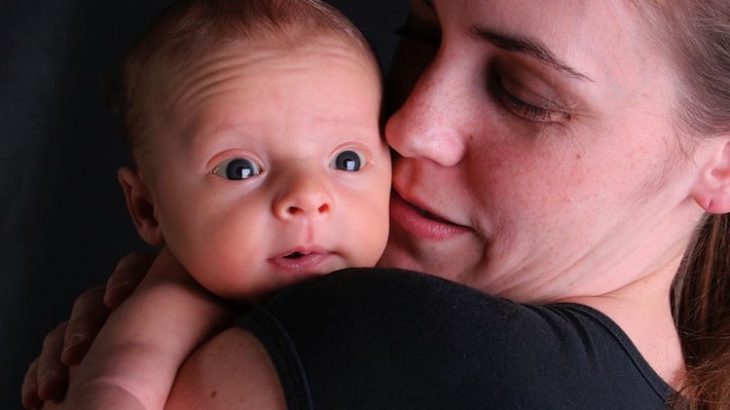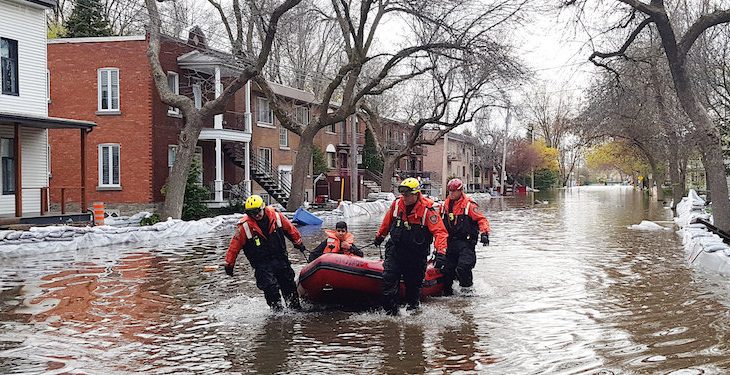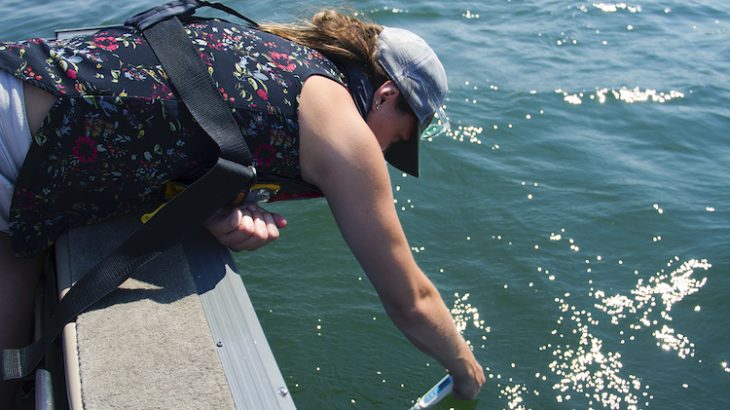
Sri Ray-Chauduri, Technology and Engineering editor Congratulations to the Westcoast Women in Engineering, Science and Technology (WWEST) Blog, this year’s winner of the People’s Choice Awards: Canada’s Favourite Science Blog! The award, voted on annually by the public, is sponsored by Science Borealis and the Science Writers and Communicators of Canada (SWCC), and celebrates excellence […]







